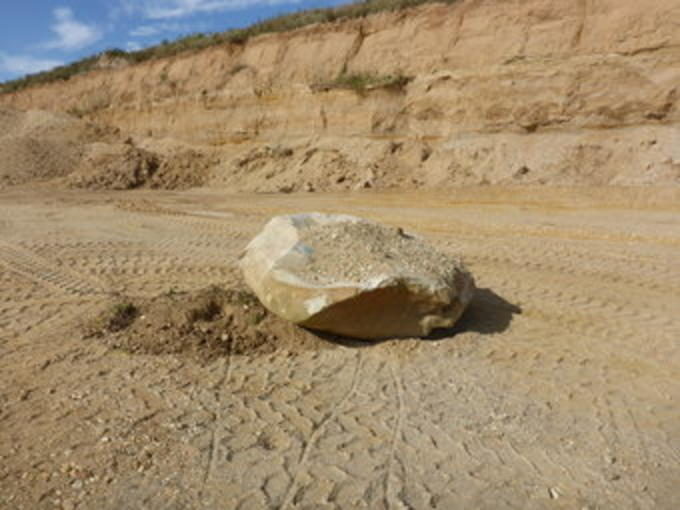
© Goran Tomasevic/Reuters/KJN
Fifteen years ago this week, George W. Bush invaded Iraq. It was an awesome drama, made more thrilling by the seemingly obvious craziness of it all.
People were looking at each other out of the corners of their eyes, shrugging, and asking: Can we really do this without a reason? That was the dramatic subtext of the invasion.
In the press, no one could really make sense of the supposed justification for the invasion. That it was compelling, no one could deny. Hell, just look at the fonts. We all used the biggest ones we had!
The New York Times said it all with its dramatic banner:
"BUSH ORDERS START OF WAR ON IRAQ; MISSILES APPARENTLY MISS HUSSEIN"GOON BOMBS CITY ON HORSESHIT PRETEXT would have been more accurate, but editors were giving everyone the benefit of the doubt back then, and getting on board, for patriotic reasons. The Gray Lady [
NYT], who was playing such a
key role in what was going on, was certainly getting in the spirit, giving in to the adrenaline rush of Bush's evil gambit.


Comment: For an eye-opening and in-depth examination of religion and its relationship to earth changes see: Comets and the Horns of Moses